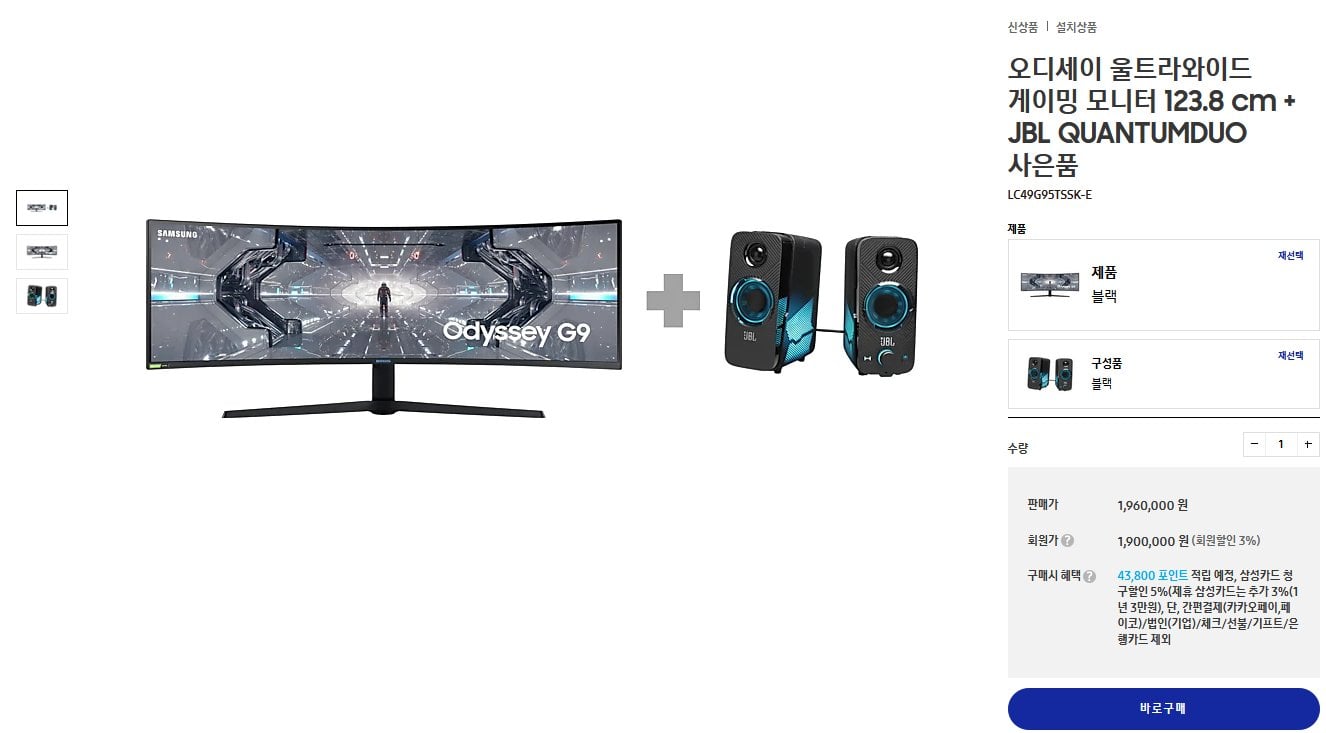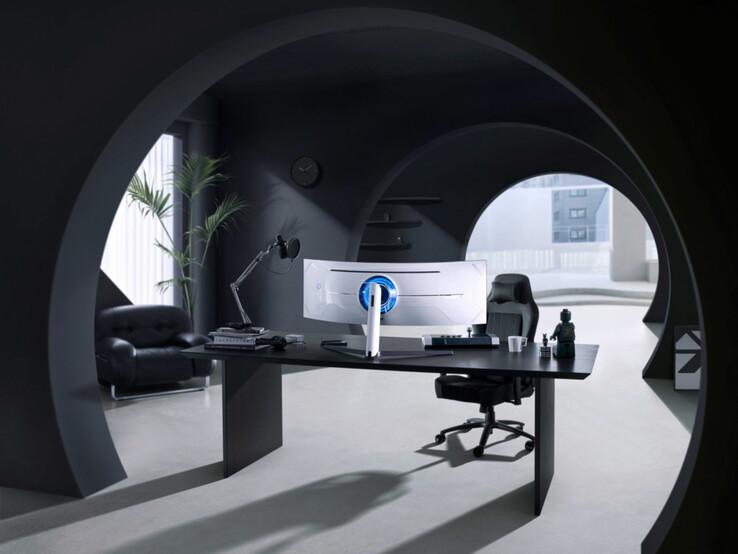

With the 1025 firmware (or newer), there’s the VRR Control option that fixes the brightness flickering issue with FreeSync/G-SYNC Compatible, but it can introduce some micro-stuttering as a side effect. Note that some units of the Samsung CHG90 are also affected by the FreeSync brightness flickering issue. So, at lower FPS (Frames Per Second), you might want to disable FreeSync for clearer motion at a cost of allowing screen tearing to occur, but thanks to the monitor’s high 144Hz refresh rate, tearing won’t be that noticeable. This also means that if you want to use FreeSync, you’re left with the Standard option, which is well-optimized for 144Hz, but at lower frame rates (and therefore lower refresh rate), the overdrive is too aggressive thereby introducing minor inverse ghosting. So, at 100Hz, it’s best to cap your frame rate to 100FPS, and then use either the Faster or Fastest mode according to your preference. In order to prevent image duplications, your frame rate should be as close to the maximum refresh rate selected as possible. To enable MBR, your refresh rate must be set to at least 100Hz. MBR eliminates motion blur by backlight strobing, but it sacrifices the maximum brightness in the process and it cannot be active at the same time as FreeSync. However, the Faster and Fastest modes just enable the 1ms MPRT motion blur reduction (MBR) technology. Now, the Samsung C49HG90 has three response time overdrive settings: Standard, Faster, and Fastest. The variable refresh rate (VRR) range amounts to 48-144Hz when the ‘Ultimate’ mode is selected the ‘Standard’ option is limited to 120-144Hz. You can also use FreeSync with compatible NVIDIA cards (GTX 10-series or newer) over DisplayPort. The monitor supports AMD FreeSync Premium Pro, which provides you with tear-free gameplay by synchronizing the monitor’s refresh rate with your GPU’s frame rate. This is the case with most VA panel gaming monitors, but unless you’re primarily a competitive FPS gamer, it’s mostly negligible or tolerable. Dark pixels take longer to transition into lighter shades, resulting in noticeable smearing behind fast-moving objects in darker scenes. Its pixel response time speed performance is not as quick though. The Samsung CHG90 input lag amounts to only ~4ms, which makes for imperceptible delay. Applying anti-aliasing will also greatly help make the picture sharper. In fact, at around 3.5 ft (or ~107cm), your eyes won’t be able to distinguish individual pixels on the screen.

So, you get less screen real estate and the details won’t be particularly sharp, but if you sit a bit further from the screen, this won’t be a big problem in video games.
#Samsung odyssey g9 vs chg90 1080p
You also get the same pixel density as that of a Full HD 27″ monitor, which amounts to 81 PPI (pixels per inch).įor reference, a 24″ 1080p monitor has a pixel density of 92 PPI, while 27″ 1440p, 34″ 3440×1440, and 49″ 5120×1440 displays have a pixel density of ~110 PPI, which most users consider the ‘sweet spot.’ This 49″ sized monitor is equivalent to two 27″ 1080p monitors put side by side, just without the bezels in between. The main downside of the monitor, as far as the image quality is concerned, is the somewhat low 3840×1080 resolution. Related: Is An HDR Gaming Monitor Worth It? So, even though you aren’t getting the ‘true’ HDR viewing experience, which requires an expensive full-array local dimming solution, there’s an obvious improvement in HDR picture quality, but as there are only 10 dimming zones, some scenes will look better than others. In combination with 10-bit color depth support and localized dimming, these specifications earn the Samsung CHG90 monitor VESA’s DisplayHDR 600 certification. Thanks to its strong 600-nit peak brightness, the monitor can also get very bright allowing it to bring out the details in highlights of the picture, such as explosions. In fact, blacks on IPS and TN monitors with a 1,000:1 contrast ratio look grayish in comparison.įurther, it uses a quantum-dot enhanced backlight, which allows it to achieve a wide 95% DCI-P3 color gamut (equivalent to ~125% sRGB) for more vibrant and lifelike colors. Image Qualityīased on Samsung’s VA (Vertical Alignment) with a high 3,000:1 static contrast ratio, the CHG90 delivers deep and inky blacks.
#Samsung odyssey g9 vs chg90 Pc
This makes the monitor more appealing to those with limited budgets and weaker PC configurations. The CHG90 model is now cheaper than ever and its resolution is much easier on your system than the 5120×1440 resolution of the newer variants. It’s the predecessor to the popular Samsung CRG9 and the Samsung Odyssey G9. Samsung’s C49HG90 gaming monitor was the first 49″ 32:9 display available.


 0 kommentar(er)
0 kommentar(er)
